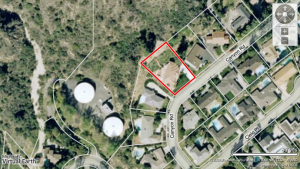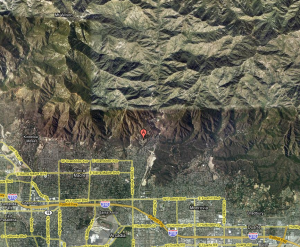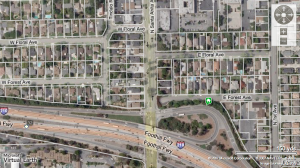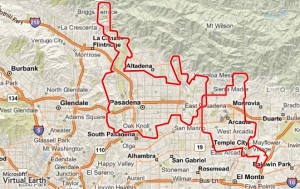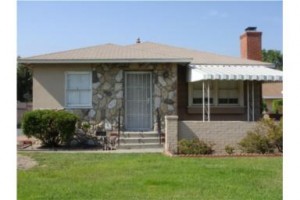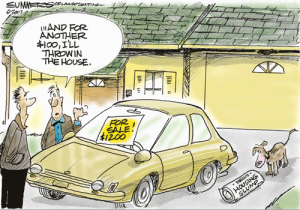We’ll be out of town until Monday but please enjoy the following article on homeowner’s insurance. I can spend days writing about the number of families who have been forced into distress because they never took the time to verify their insurance coverage or inventoried their belongings.
It is wise to do a home inventory as soon as you move in and become settled, as opposed to waiting to do one in a hurry after a fire, natural disaster or burglary has taken place. A home inventory is a list of all of the property you own including a list of the value of the items. The police and the insurance company will need to be given a copy of your home inventory for their purposes.
To begin your inventory for home insurance purposes, first take a walk through your home, going room by room. As you do so make sure you have pen and paper in hand to take notes and film the rooms with a still camera or video camera. Any items that are valued at $50 or more should go on the list and photos should be taken of them. Do not forget any small nook and cranny of your home. Remember the attic, basement and garage.
Items that need to be included on the home inventory include clothing, jewelry, tools, computers, electronic equipment, paintings, CDs, DVDs, any collections you own (such as a stamp collection or coin collection), dishes, antiques and family heirlooms.
Once you have an informal list, you then need to formalize it in the event that it becomes of use. Most insurance companies provide these forms to their clients or you can download free inventory software from the Insurance Information Institute.
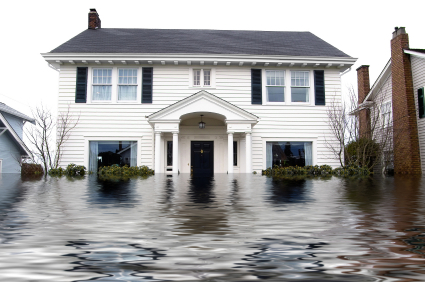
Key Information
The more information you have in regards to your personal property the better it is. Record the make, model and serial numbers of items as theses are particularly beneficial in helping the police to locate stolen merchandise. Also make sure you write down which rooms your items are located in.
An estimate of the purchase price, current value and replacement cost of items is beneficial for your home insurance purposes. For items such as antiques or jewelry you may need to have them professionally appraised and these items would need to be listed on the insurance policy in the form of a rider.
Always make sure you know where to find your ownership documents for all of your belongings, as well as the receipts, repair bills and owner’s manuals. Make sure you keep your written and photographic inventories in a safe location, such as the freezer, a safe deposit box or a fire resistant lock box or file cabinet. It is best to have two copies of each. Keep one at the bank or office and the other at home.

